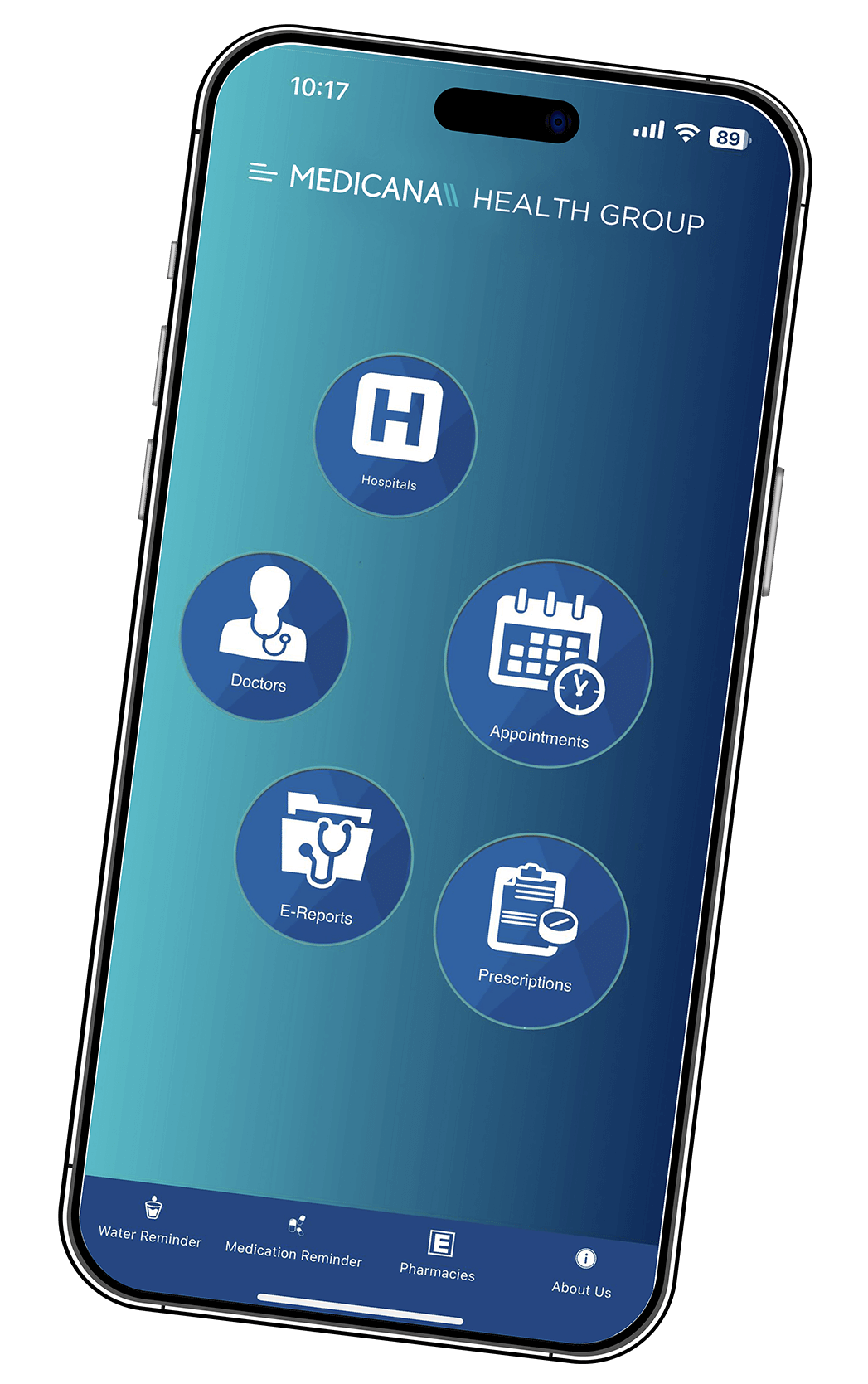Neuromodulation surgery (Brain Pacemaker - Deep Brain Stimulation in Parkinson's Disease)

Another symptom is the slowness of movement. The patient has difficulty doing their daily chores. There is a slowdown while eating or turning to one side from the other, which is done with difficulty. The patient has muscle stiffness. Patients write in lowercase and illegibly. When walking, they stroll and lean forward. Their voice is hoarse, and difficulty in swallowing may develop.
Clinical examination findings make the diagnosis of Parkinson's disease.
Individuals exhibiting the mentioned symptoms and experiencing a significant decline in their quality of life should seek evaluation from a neurologist. Treatment for this condition begins with medical intervention by neurology experts. The core issue of the disease lies in a deficiency of a specific brain chemical, rendering patients generally responsive to pharmacological treatments. Drug therapy often proves effective in managing symptoms, particularly in the early stages of the disease. However, as the condition advances or if patients do not benefit from medication due to its ineffectiveness or adverse side effects impacting daily activities, surgical options are considered.
What is the purpose of the brain pacemaker application?
Individuals exhibiting the mentioned symptoms and experiencing a significant decline in their quality of life should seek evaluation from a neurologist. Treatment for this condition begins with medical intervention by neurology experts. The core issue of the disease lies in a deficiency of a specific brain chemical, rendering patients generally responsive to pharmacological treatments. Drug therapy often proves effective in managing symptoms, particularly in the early stages of the disease. However, as the condition advances or if patients do not benefit from medication due to its ineffectiveness or adverse side effects impacting daily activities, surgical options are considered.
How are these patients evaluated before surgery?
Patients who are referred as possibly suitable for surgical treatment are evaluated by Neurology and Psychiatry specialists. Their preoperative disease status is scored using various scales and recorded on video.
Which patients are selected as suitable candidates?
For Parkinson's disease, surgery is considered for patients who receive a conclusive diagnosis 5-7 years following disease onset and who do not have major psychiatric issues. Surgery becomes an option for those who either do not show improvement with medical treatments or experience motor or psychiatric side effects at therapeutic medication levels. Prior to undergoing surgery, it's crucial to evaluate the overall health of the patient and check for any other concurrent health conditions.
How is Parkinson's surgery done?
Prior to the procedure, a comprehensive brain MRI is conducted. On the day of surgery, a specific frame is affixed to the patient's head, followed by the acquisition of CT scans with the frame in place. These scans are then integrated with the previously obtained brain images using a computer. This integration yields three-dimensional spatial coordinates for the designated target areas within the brain. During the operation, while the patient is conscious and under local anesthesia, these target sites are pinpointed using special electrodes. Subsequently, permanent electrodes are implanted. In the final stage of the operation, the patient is put under general anesthesia, and a sophisticated pacemaker is implanted beneath the skin of the chest, which is then connected to the electrodes that were inserted in the brain. The entire procedure lasts approximately 5-6 hours.
What are the surgical results like?
Surgery yields very successful results. Findings such as tremors, contractions, slowing down of movements, and involuntary movements, which disturb patients, are significantly controlled. The intensity and order of the electric current applied by the patient's examination findings can be adjusted on the skin with special devices.
Patients continue to take their medications after the surgery. Still, many patients' drug doses are reduced after the surgery, and thus, a significant decrease in side effects such as dystonia (muscle twitching) is observed. DBS does not slow the progression of the disease but provides substantial relief from symptoms.









